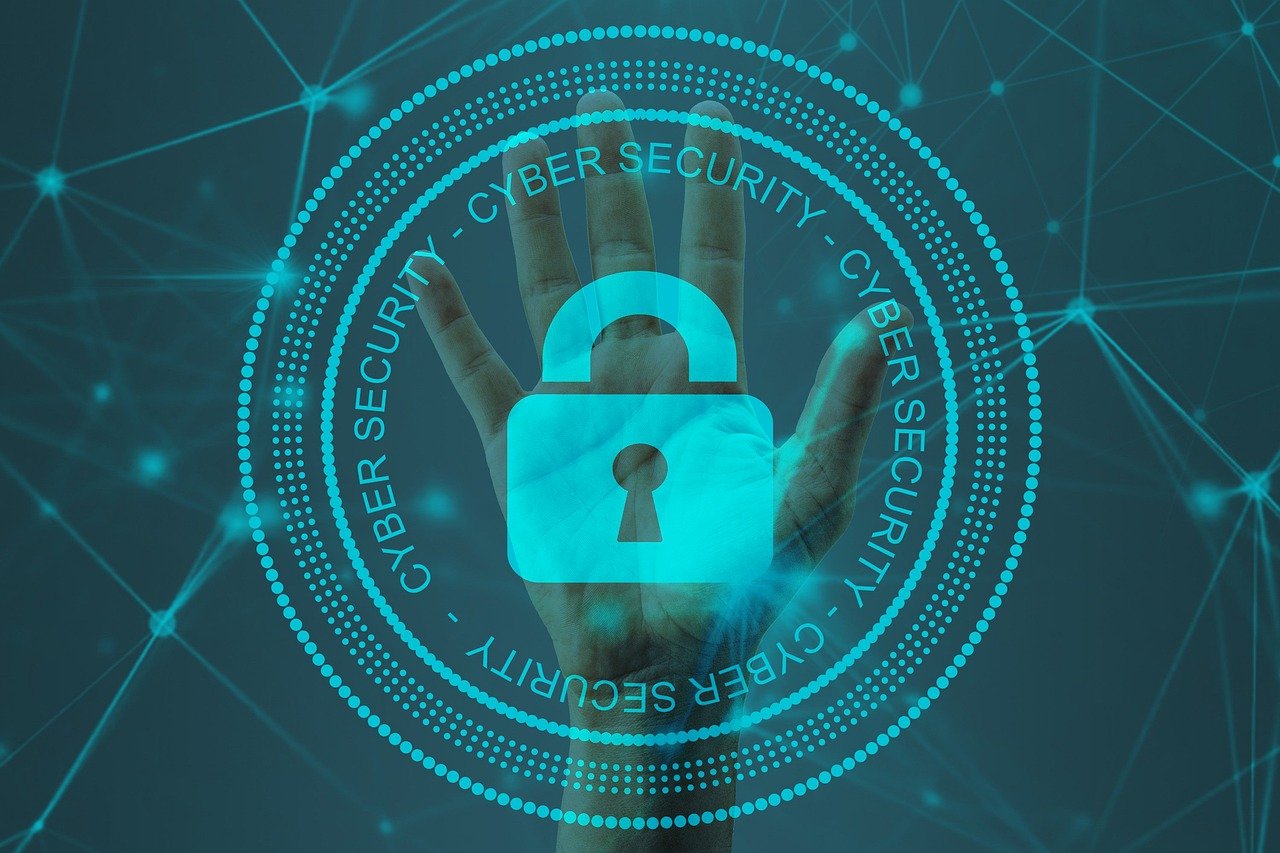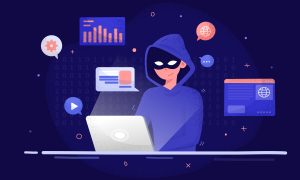Online identity theft and fraud are on the rocket. Hackers are looking for new ways to pose as you as well as the individuals you do business with, to get your money sent offshore. For cyber swindlers, your personal data is a goldmine.
This information includes credit card details, banking information, passwords, phone numbers, email addresses, last name, your user name, medical records, Social Security number, and so on. Criminals will try to loot or embezzle such information and then use it for deceptive activities, like selling your information.
Identity theft can cause huge detriment and cost you lots of money. Also, it may take several months to resolve. For a little help, here is how you can protect your accounts from online fraud.
Your Email Is An Easy Target
Overseas cyber thieves discover easy targets by mugging email accounts and hiding out. Personal emails are the most susceptible since they are not usually equipped with encryption systems in place that business emails have.
If your personal email is hacked, you will not know the hacker is there. Cyber thieves watch for weeks, months, or years, patiently waiting for a piece of account information, personal information, or a key conversation they need to be sent to someone.
Believe it or not, through email, hackers know who your contacts are, for instance, your financial advisor or banker, and when you’ll be out of town. They imitate or mimic you and will send emails to your contacts, ensuring that it sounds real.
Here is an example of a deceptive email that might be sent to your investment advisor or banker from someone impersonating you:
Hi Philip, as you know, I am traveling to New York with my family for a vacation. We are short of funds. We will be touring some places all day, so I will probably not be able to take a call. However, I need you to send me money as soon as possible. Please wire the money to xxxxxx for $ right away.
If the person getting this email doesn’t have excellent controls in place to ensure they verbally check the request with, then that money will be gone.
Eluding a Signature Requirement
Do you know the number of times you send a document via email that has your personal data like Social Security number, date of birth, and signature in it? Cyber thieves watching your email account can directly steal that information and match it up with the other data they have collected about you.
Say, for example, you sent a form for your kid’s school, the signature on it could be utilized on a wire request form later on, or perhaps you emailed an account password to a friend. These things may get saved and leveraged months later.
They Pretend As Your Service Providers
Cyber thieves pretending to be your service providers is the latest form of fraud. Criminals wait for an important transaction, for instance, a property purchase, and then pose as your title company or realtors and email you counterfeit wiring instructions.
This kind of fraud can happen if you’re shopping for products online as well. For instance, online hackers might contact you a couple of weeks after a scheduled transaction and inform you a great deal if you’d like to send funds immediately. Moreover, criminals even pretend to be family members needing funds right away.
How To Protect Yourself
Trust but verify approach and common sense are the best ways to safeguard your accounts from online identity theft. The following are simple things you can do to ensure a cyber thief doesn’t take your hard-earned money:
- Verification Calls. Anticipate calls from your investment advisors and bankers to confirm or validate requests when wiring money to someone other than yourself. Organizations with excellent controls in place will equip their staff to verify the transaction information and call you. Wait patiently for them since they’re doing this to secure your money.
- Change Passwords. It is wise to change your account passwords now and then. Also, never use the same password for your accounts. Changing your passwords is a simple step that can provide protection. Consider having password managers to help you generate unique passwords for each of your accounts. Read reviews about best password managers to help you out.
- Verbally Confirm Any Money Transactions. If you’re sending money, for example, with a business closing or real estate, call the person asking for the wire transaction information to ensure the request is valid.
- Never Email Account Info or Signatures. Do not send personal information, wiring instructions, passwords, and full account numbers through email. Instead, use a safe, protected file-sharing service to transfer documents that have signatures or personal information. For other kinds of account info like account numbers or passwords, verbally relay or call the information.
- Do Not Open Links From Unknown Sources. Malicious software or malware can be equipped on your computer or desktop when you open attachments from an aggressive source. Take note that this method is called phishing, wherein criminals send an email that looks like it came from an authorized financial institution. Do not open an attachment or click on the email links from unknown sources. If your financial institution sends you a request for information, then opt to visit the website and log into your account.
Takeaway
If you verbally verify any wire transactions and change passwords frequently, then you’re no longer an effortless or easy target. Cyber thieves share info and go for the targets and institutions that have the least controls or security in place.
There are five types of identity fraud. These are high-tech, minor, medical, financial, and criminal. Also, there are different ways for criminals to steal your personal data. These methods include phishing, hacking, imposters, pharming, remote access, skimming, malware, and fake online profile.
The worst thing about identity theft is when you are not aware of the situation. Thus, it is best to take proactive measures to protect your online identity. Even though the steps mentioned above might take several minutes, it’s time well-spent.































































